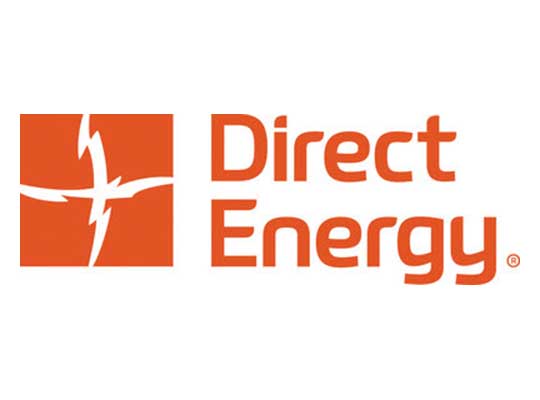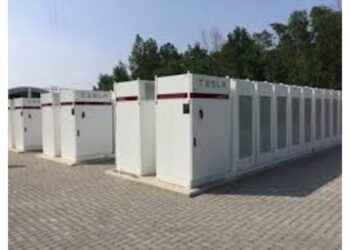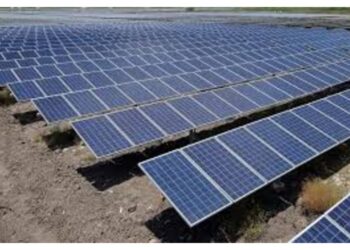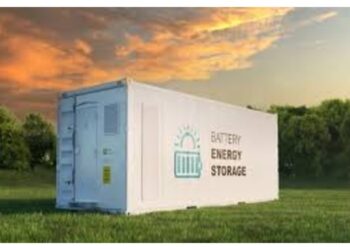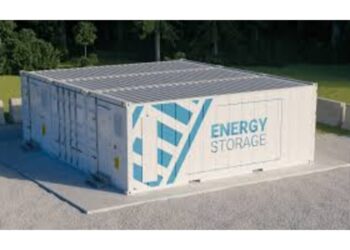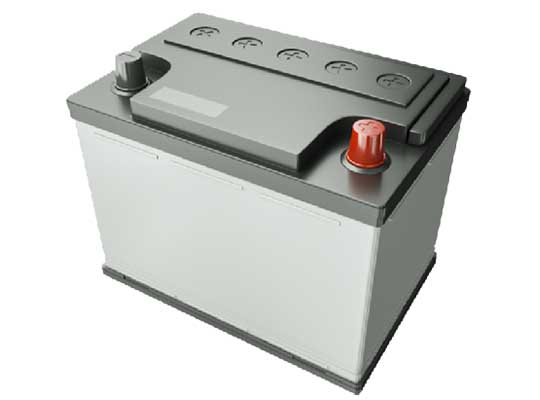SAN FRANCISCO – Direct Energy Business has announced recent changes in its energy strategy to offer the benefits of battery storage in California. Over the course of 2020, Direct Energy Business entered into a portfolio of agreements with LS Power to obtain resource adequacy and energy storage swaps from their 250 megawatt (MW) Gateway Energy Storage project and 200 MW Diablo Energy Storage project.
“By embracing battery storage we are able to help support the integration and development of renewable resources, and improve reliability for customers,” said David Brast Senior VP, North America Power and Gas, Direct Energy Business. “California has recently faced significant challenges with reliability and will need to modify statewide energy procurement approaches to meet the state’s aggressive climate goals. By working with technological innovators like LS Power, we are able to be on the forefront of helping the state deliver clean, reliable power to the millions of homes and businesses in California.”
The 250 MW Gateway Energy Storage project is currently the largest battery storage project in the world, located in San Diego County, California. The project was completed in August 2020 and is now operating at full capacity, surpassing the world’s previously largest 150 MW battery in Australia. The 200 MW Diablo Energy Storage project in Pittsburg, California is under construction and is expected to come online in the second half of 2021.
In support of grid reliability and efficiency, Direct Energy Business signed 10-year resource adequacy contracts with LS Power starting in 2021. This procurement demonstrates Direct Energy’s long-term commitment to the California energy market, and will provide additional support to the electrical grid to reduce the risk of blackouts. The energy storage swaps will allow Direct Energy Business customers to use clean energy from the batteries during peak demand hours when the sun has set, offering further reliability measures to businesses. Additionally, the use of battery storage will offset power that would traditionally be from fossil fuel resources, helping the state meet its greenhouse gas reduction targets.
For more information, please visit www.directenergy.com.


